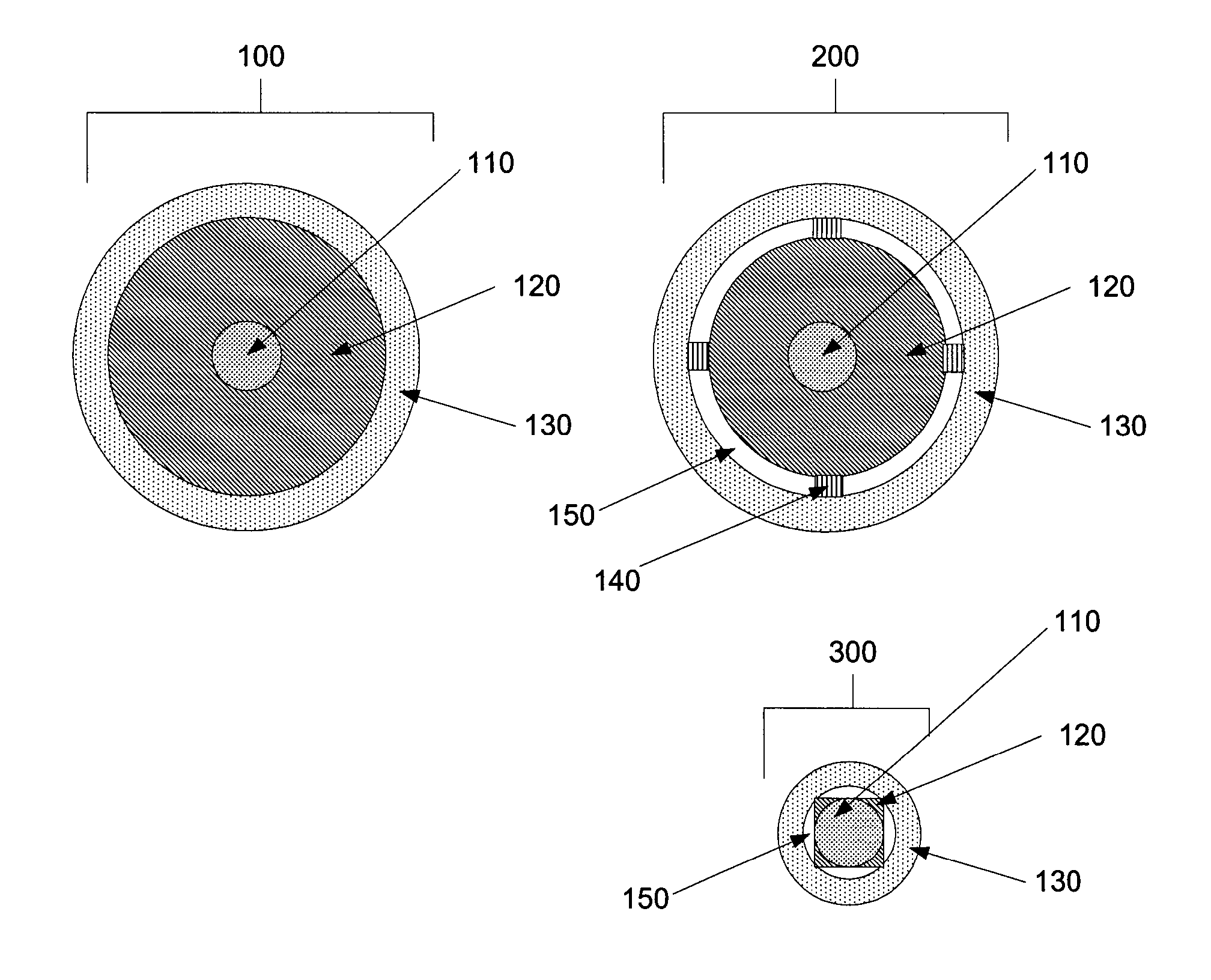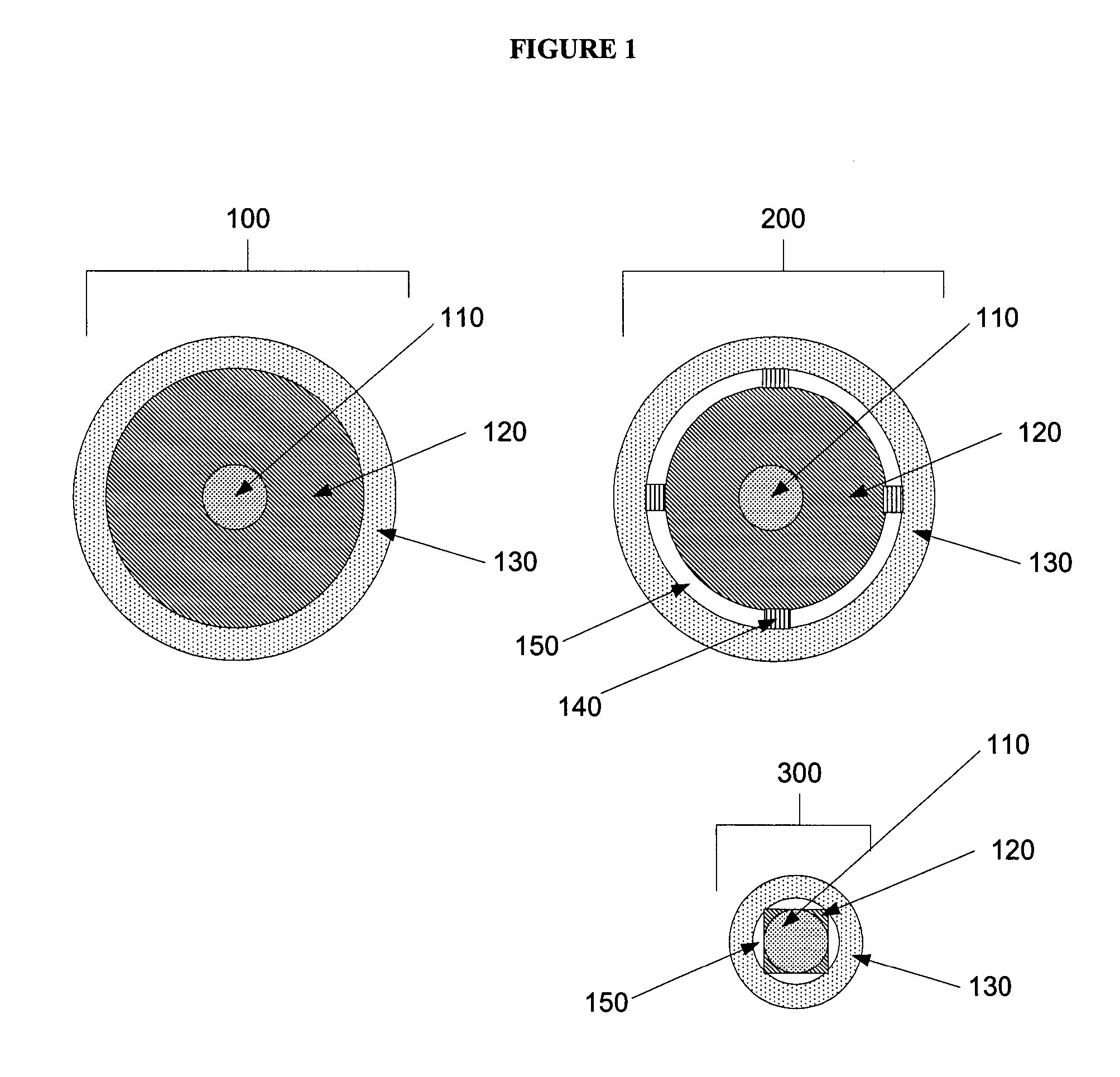Transmission line with heat transfer ability
a technology of heat transfer ability and transmission line, which is applied in the field of systems and devices for delivering energy to tissue, can solve the problems of not being able to travel a sufficient length of the device to reach, unsuitable or unsuitable for many applications, etc., and achieves the effect of reducing the diameter of the device, retaining its small size, and increasing the overall diameter of the devi
- Summary
- Abstract
- Description
- Claims
- Application Information
AI Technical Summary
Benefits of technology
Problems solved by technology
Method used
Image
Examples
Embodiment Construction
[0033] The present invention relates to systems and devices for delivering energy to tissue for a wide variety of applications, including medical procedures (e.g., tissue ablation, treatment of arrhythmias, cautery, vascular thrombosis, electrosurgery, tissue harvest, etc.). In particular, the present invention relates to systems and devices for the delivery of energy with heat transfer ability. In some embodiments, the systems and devices also have variable characteristic impedance as a result of the use of heat transfer materials. In certain embodiments, methods are provided for treating a tissue region (e.g., a tumor) through application of energy with the systems and devices of the present invention.
[0034] In preferred embodiments, the systems, devices, and methods of the present invention employ microwave energy. The use of microwave energy in the ablation of tissue has numerous advantages. For example, microwaves have a broad field of power density (e.g., approximately 2 cm s...
PUM
 Login to View More
Login to View More Abstract
Description
Claims
Application Information
 Login to View More
Login to View More - R&D
- Intellectual Property
- Life Sciences
- Materials
- Tech Scout
- Unparalleled Data Quality
- Higher Quality Content
- 60% Fewer Hallucinations
Browse by: Latest US Patents, China's latest patents, Technical Efficacy Thesaurus, Application Domain, Technology Topic, Popular Technical Reports.
© 2025 PatSnap. All rights reserved.Legal|Privacy policy|Modern Slavery Act Transparency Statement|Sitemap|About US| Contact US: help@patsnap.com



